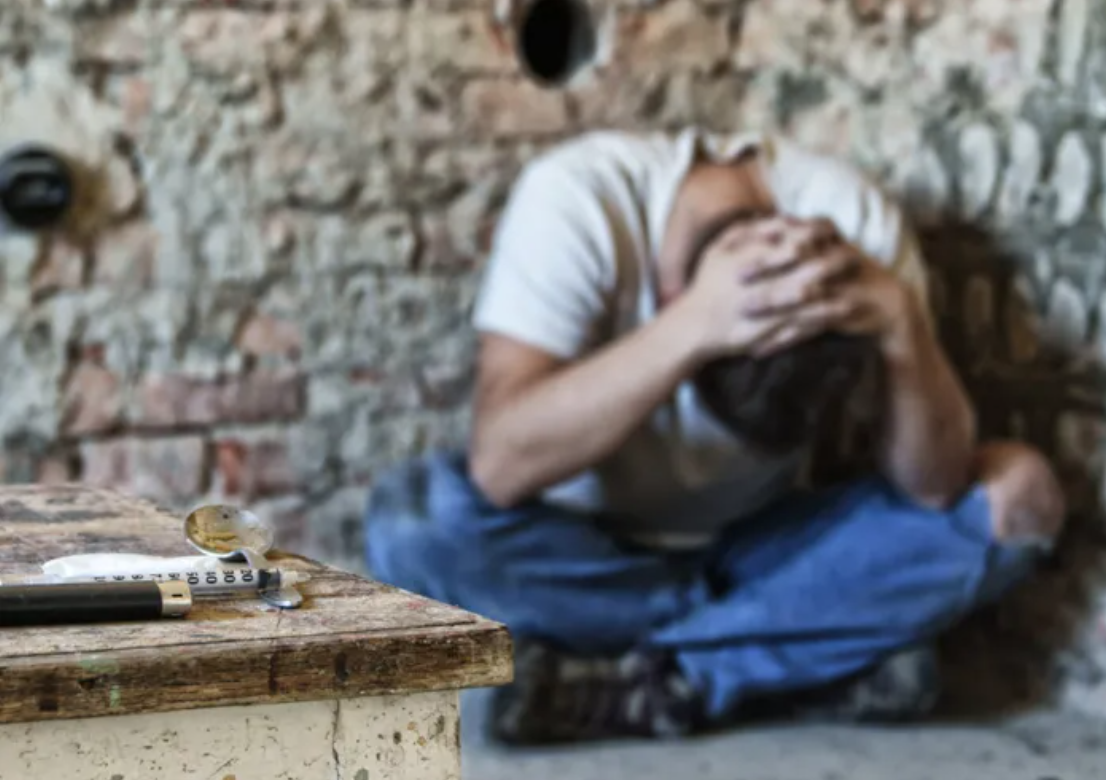RICKY, a resident of Punjab, died of a drug overdose. He was only 25. According to his mother, Lakshmi Devi, Ricky started substance abuse when he was in school. He was hooked on cough syrups and substance injections initially and later turned to heroin. He wanted to quit and asked his mother for help for his drug abuse, but it was already too late and he succumbed.
Unlike Ricky, Sukhwinder was lucky. The 33-year-old daily wage worker in Kapurthala became dependent on heroin to endure the hard physical labour. He would even sell off household items to buy drugs. However, the COVID-induced lockdown disrupted the underground supply of drugs and heroin’s price shot up staggeringly. A 100g packet that cost around ₹400 earlier was being sold for ₹10,000 now. Sukhwinder could not afford it and the unbearable physical pain without the drug pushed him to go into rehabilitation.
Drug abuse is widespread across India, and in Punjab, it runs deep. The state was once a transit point on the drug route from Afghanistan and Pakistan, but it has grown a large consumer base.
Here are five facts about drug abuse in India
1) When the Punjab state government commissioned a drug abuse study in 2015, it found that 230,000 people in the state were drug users. That translated to 836 drug users per 100,000 people in the state. The All India number is 250 per 100,000 (for 2012), according to the ministry of social justice and empowerment. Even the figure of 250 drug abusers per 100,000 is very high when compared to other countries.
2) In India, cannabis, heroin and opium are the most commonly used drugs but there is an increasing prevalence of methamphetamine too. The number of users who inject drugs has also gone up substantially. There are one million heroin users registered in India according to a UN report, but unofficial estimates suggest 5 million is a truer figure.
3) According to the National Survey on Extent and Pattern of Substance Use in India in 2019, about 2.1% of the country’s population (2.26 crore individuals) uses opioids which include opium (or its variants like poppy husk known as doda/phukki), heroin, and pharmaceutical opioids.
4) The national survey of 2019 also showed that about 2.8% of Indians aged 10-75 years (3.1 crore individuals) were using cannabis as bhang, ganja and charas.
5) But what is alarming is the number of suicides due to drug abuse and alcohol addiction has more than doubled in the last decade in India. In the year 2010, 3,343 cases of suicides were reported, and the number increased to 7,860 suicides in 2019.
An addict needs help
Contrary to general belief, addiction of any kind is not an indulgence or bad habit. It is a medical disorder. Most people’s view of addiction is hinged on the idea that addicts have a choice. In reality, it is a chronic disorder characterised by the compulsive need to use drugs despite harmful consequences. An addict is a patient whose life is going out of control and needs professional help to recover.
Drug addiction not only affects the substance abuser but also affects families. The family members have to face social consequences, mental stress and are put under a huge financial burden. This affects the entire family and often members end up helpless or depressed.
In cases where the addict is the sole breadwinner in the family and the money for the household gets spent on drugs, the family members struggle to sustain themselves.
Day to raise awareness about drug abuse
June 26 is observed as the International Day against Drug Abuse and Illicit Trafficking to strengthen collective action and cooperation for a society free of drug abuse. Individuals, communities and various organisations the world over join hands to raise awareness about the threat that illicit drugs present to society. Each year this day is marked by events to raise awareness about the dangers of drug usage. Events and workshops are organised in schools, colleges, public spaces, etc to educate people on the issue.
International days are occasions to educate the public on issues of concern, mobilize political will and resources to address global problems and celebrate the achievements of humanity. The United Nations has embraced them as a powerful advocacy tool.
Anyone can make a positive difference through individual or collective efforts. You can contribute and strengthen the fight against drug addiction. Donate to nonprofits working to curb drug addiction and helping addicts recuperate and rebuild their lives:
–
Give’s mission is to “make giving bigger and better.” Give is the most trusted donation platform in India for fundraisers and crowdfunding campaigns. Through our technology solutions, we enable individuals and organisations to fundraise and donate to a cause, charity or NGO with trust and convenience. Give’s community of 2.7M+ individual donors and 300+ organisations supports 3,000+ verified nonprofits with 80G deduction and serves 15M+ people across India. Find a fundraiser today!

Samar is a Marcoms specialist and freelance writer. She has a master’s in marketing and creativity from ESCP Business School. She is an avid traveller and likes to write about technology, travel, wildlife and sustainability.
Discover more from
Subscribe to get the latest posts sent to your email.

